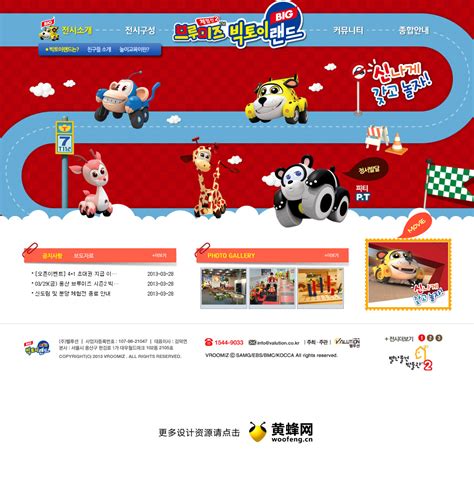Title: Navigating the Intersection of Design and Programming in Website Development
Creating a visually stunning and functionally robust website requires a seamless integration of design and programming. Let's delve into the key considerations and best practices for effectively marrying the artistry of design with the technicalities of programming in website development.
Understanding the Role of Design:
Design lays the foundation for user experience (UX) and user interface (UI), encompassing elements such as layout, typography, color scheme, and imagery. Here are some guiding principles:
1.
UserCentric Approach
: Prioritize user needs and preferences to design intuitive interfaces that enhance user satisfaction and engagement.2.
Visual Hierarchy
: Arrange elements to guide users' attention and convey the relative importance of each component, facilitating easy navigation and comprehension.3.
Consistency
: Maintain consistency in design elements across pages to reinforce brand identity and streamline user interaction.4.
Responsive Design
: Design with responsiveness in mind to ensure optimal viewing experiences across various devices and screen sizes.Integrating Design with Programming:
While design captures the aesthetic appeal, programming breathes life into the design, enabling functionality and interactivity. Here's how to harmonize the two:
1.
FrontEnd Development
: Frontend developers translate design mockups into interactive web interfaces using HTML, CSS, and JavaScript. They ensure pixelperfect implementation while optimizing for performance and accessibility.2.
Collaboration
: Foster close collaboration between designers and developers to align on design intent, technical feasibility, and implementation details. Clear communication and mutual understanding are essential for a successful integration of design and programming.3.
Prototyping and Testing
: Iteratively prototype and test design concepts to identify potential implementation challenges early in the development process. This allows for timely adjustments and optimizations to ensure a smooth transition from design to code.4.
Animation and Microinteractions
: Leverage animations and microinteractions to enhance user experience and bring designs to life. Collaborate with developers to implement these dynamic elements seamlessly, balancing visual appeal with performance considerations.Tools and Technologies:
Several tools and technologies facilitate the collaboration between designers and developers in website development:
1.
Design Tools
: Adobe XD, Sketch, Figma, and Adobe Photoshop are popular design tools that enable designers to create mockups, prototypes, and design assets.2.
Version Control Systems
: Git and GitHub facilitate version control and collaboration among team members, enabling seamless integration of design and code.3.
FrontEnd Frameworks
: Frameworks like Bootstrap, Foundation, and Materialize provide predesigned UI components and responsive layouts, streamlining frontend development.4.
Animation Libraries
: Libraries such as GSAP (GreenSock Animation Platform) and Anime.js simplify the implementation of complex animations and interactions in web projects.Guiding Principles for Success:
1.
CrossDisciplinary Skills
: Encourage designers to gain basic programming knowledge and developers to cultivate an understanding of design principles. This interdisciplinary approach fosters empathy and collaboration between team members.2.
Continuous Learning
: Embrace a culture of continuous learning and professional development to stay abreast of evolving design trends, programming languages, and web technologies.3.
Feedback and Iteration
: Solicit feedback from stakeholders and end users throughout the design and development process, iterating based on insights gathered to refine the final product.4.
Accessibility and Inclusivity
: Prioritize accessibility considerations to ensure that websites are usable by individuals with diverse abilities. Adhere to web accessibility standards (WCAG) and conduct thorough testing to identify and address accessibility barriers.In conclusion, successful website development requires a harmonious integration of design and programming, with collaboration, communication, and a usercentric mindset at its core. By following best practices, leveraging appropriate tools and technologies, and fostering a culture of collaboration and continuous improvement, teams can create compelling, accessible, and userfriendly websites that delight users and achieve organizational goals.
Sources:
Nielsen Norman Group. (n.d.). Usability 101: Introduction to Usability. Retrieved from https://www.nngroup.com/articles/usability101introductiontousability/

World Wide Web Consortium (W3C). (n.d.). Web Content Accessibility Guidelines (WCAG) Overview. Retrieved from https://www.w3.org/WAI/standardsguidelines/wcag/
Meyer, E. (2017). Design for Real Life. A Book Apart.
版权声明
本文仅代表作者观点,不代表百度立场。
本文系作者授权百度百家发表,未经许可,不得转载。











